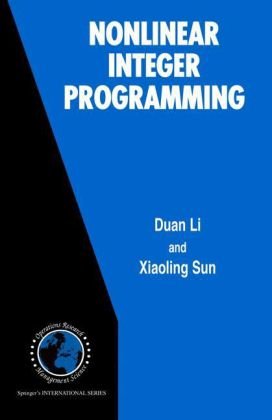

Most ebook files are in PDF format, so you can easily read them using various software such as Foxit Reader or directly on the Google Chrome browser.
Some ebook files are released by publishers in other formats such as .awz, .mobi, .epub, .fb2, etc. You may need to install specific software to read these formats on mobile/PC, such as Calibre.
Please read the tutorial at this link: https://ebookbell.com/faq
We offer FREE conversion to the popular formats you request; however, this may take some time. Therefore, right after payment, please email us, and we will try to provide the service as quickly as possible.
For some exceptional file formats or broken links (if any), please refrain from opening any disputes. Instead, email us first, and we will try to assist within a maximum of 6 hours.
EbookBell Team

5.0
110 reviewsIt is not an exaggeration that much of what people devote in their hfe re solves around optimization in one way or another. On one hand, many decision making problems in real applications naturally result in optimization problems in a form of integer programming. On the other hand, integer programming has been one of the great challenges for the optimization research community for many years, due to its computational difficulties: Exponential growth in its computational complexity with respect to the problem dimension. Since the pioneering work of R. Gomory [80] in the late 1950s, the theoretical and methodological development of integer programming has grown by leaps and bounds, mainly focusing on linear integer programming. The past few years have also witnessed certain promising theoretical and methodological achieve ments in nonlinear integer programming. When the first author of this book was working on duality theory for n- convex continuous optimization in the middle of 1990s, Prof. Douglas J. White suggested that he explore an extension of his research results to integer pro gramming. The two authors of the book started their collaborative work on integer programming and global optimization in 1997. The more they have investigated in nonlinear integer programming, the more they need to further delve into the subject. Both authors have been greatly enjoying working in this exciting and challenging field.